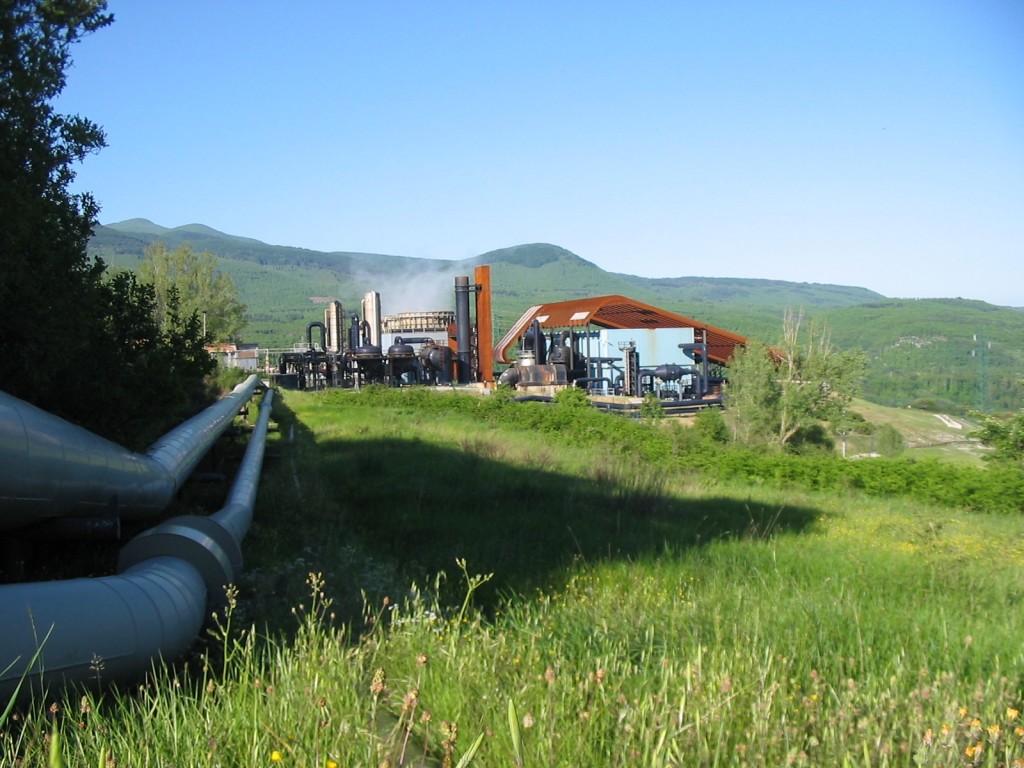Geothermal electricity production in Italy with 115 TWh potential
With a current geothermal power generation of 6 TWh annually, Italy lags behind an estimated potential of 115 TWh/ year generation with a feasible capacity potential of 13 GW.
In Law No. 134 of 2012, Italy declared geothermal energy as a strategic energy source in the country, given its renewable, sustainable and programmable energy source attributes, as well as being able to produce electricity, heat or a combination of both in a cost-effective way.
However – so GreenReport – the sector, especially on the geothermal front, at national level is stalled: the last plant that came into operation is that of Bagnore 4, in 2014 in Santa Fiora (GR). Yet the potential is not lacking.
Speaking at the General States of geothermal energy held in Rome, the President of the Italian Geothermal Union (Ugi) Bruno Della Vedova explains, “The configuration of the national territory offers excellent opportunities for the production of electricity on the Tyrrhenian side, where geothermal energy currently covers over 30% of the Region’s electricity consumption in Tuscany. In particular, in Tuscany and Lazio, national and international operators are ready to develop geothermal projects with the most advanced technologies based on the different types of resources. To geothermal projects for the production of electricity in these territories it is possible to associate (and it is already a reality in several Tuscan municipalities) the use of heat for multiple uses ranging from district heating, to agri-food, drying, thermal uses and , in general for all those activities that need thermal energy, enhancing and making these territories attractive for investors.
With its characteristics of stability and continuity of operation, in fact, geothermal energy is able to offer “excellent performance, contributing significantly to the renewable energy mix in the three main sectors: electricity production, through innovative, highly efficient gaseous pollutant abatement plants, including cogeneration plants or plants. with total re-injection, use of “geothermal heat” for heating and cooling, also with the aid of heat pumps (geothermal exchange), and district heating of building complexes, cities and for industry, also in integrated form with recovery of waste heat, or from surface water resources at an approximately constant temperature, including the sea.”
Looking in particular at geothermal generation, that of Tuscany – the only Italian region where there are currently power plants – is equal to about 6.0 TWh per year, but there is no lack of development margins at regional and national level, as highlighted by the States General by Nunzia Bernardo for Rse (Research on the energy system), a company controlled by the Energy Services Manager (Gse), which in turn sees the Ministry of Economy as the sole shareholder.
“The subject of geothermal energy has been dealt with for decades in the Rse system research programs, and the studies have covered the entire geothermal chain, from high and medium enthalpy to low-very low enthalpy”, argues Bernardo.
More specifically, for the high and medium enthalpy Rse has created the geothermal zoning of the Italian territory , carried out at the request of the Ministry of Economic Development following the governmental needs of the Committees IIX and X of 15 April 2015.
Also Rse has also estimated “the geothermal power generation for 382 Italian municipalities”, showing that “for these areas the installable thermal power is equal to 13,000 MW and the producibility is of the order of 115 TWh / thermal year”. A treasure trove of renewable energy that lies directly under our feet, just waiting to be cultivated.
Source: GreenReport.it


















